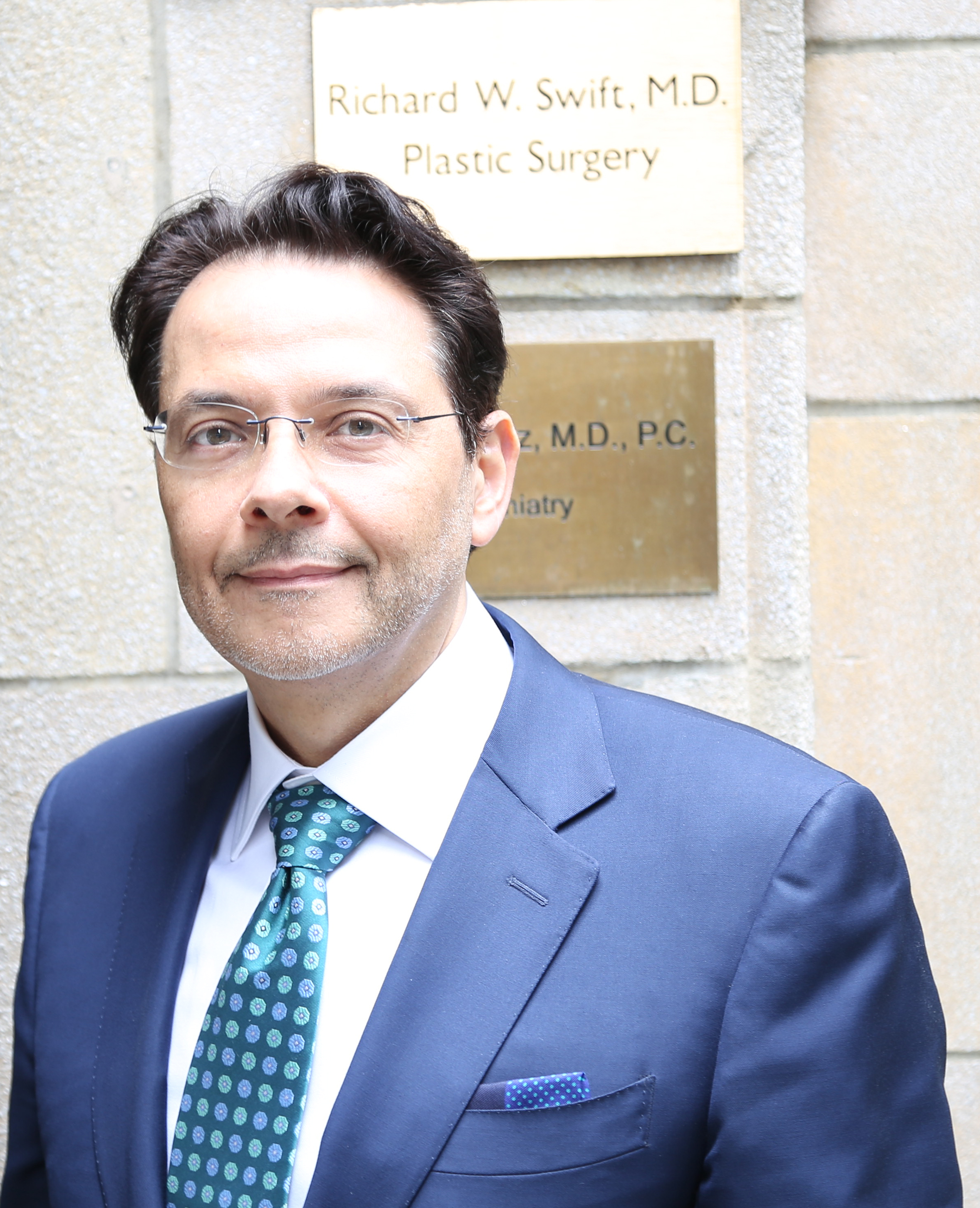4 Key Facts to Know About Treating Gynecomastia
When it comes to aesthetic enhancement surgery, the vast majority of individuals assume that procedures are often only designed to treat issues for women, and the female anatomy. And while this might have been the case in years past, during the earliest inception of plastic surgery, according to Dr. Richard Swift, the best plastic surgeon in Greenwich, more men than ever before are having aesthetic enhancement nowadays. And while there are tons of different treatment methods geared solely towards combatting male issues, and a number of procedures that are meant for both males and females, one of the most common aesthetic concerns for men is gynecomastia Greenwich experts like Dr. Swift have been performing gynecomastia surgery for years now. With new advancements everyday, the procedure has only gotten better, and been able to provide the high level body contouring Greenwich men are interested in. Despite how popular of a condition gynecomastia might be, and how prevalent it is, far too many men, even those who have the condition really have no idea what it is and what to look for. therefore, to better educate men across the country, Dr. Swift, the best plastic surgeon in Greenwich, will help us by identifying a few of the most important key facts to understand about treating gynecomastia.
There are Two Main Types of Gynecomastia Surgery
The first, and one of the most important points to understand about the treatment of gynecomastia is the fact that there are different variations of the procedure. While one isn’t better than the other, depending on the specific case a patient has or their specific needs, a patient might experience better results with one than the other. For individuals with excess fatty tissue in the breast area, it might be more prudent to perform liposuction prior in order to reduce this fatty tissue. If the surgeon feels it’s more strategic to cut out glandular breast tissue or excess skin, an excision, or removal, the technique may be used. Some patients might also suffer from enlarged nipple tissue, for these patients they might need to add a nipple reduction or repositioning as this is common during the treatment of gynecomastia Greenwich patients with such issues will often be able to identify it through excess swelling in and around the nipple area.
Minimal Risks and Side Effects
The fact is that every surgical procedure has risks, so while this isn’t entirely the case – its usually worth it to have the procedure as risks and side effects are minimal when you have the procedure done by a trained professional like Dr. Richard Swift, the best plastic surgeon in Greenwich. Like any other form of body contouring Greenwich patients should be aware however, some risks will exists, like swelling, possible (minor) scarring and there is a healing period that needs to be taken seriously. Specifically for the treatment of gynecomastia Greenwich patients need to be aware of side effects including things like changes to the nipple’s appearance or sensation, nerve, muscle or blood vessel damage, deep vein thrombosis, or a possible infection at the surgical site. Again these are rare but if they occur its important that you tell your surgeon immediately.
Use Different Accessories for Recovery
Like a lot of plastic surgery procedures, and body contouring Greenwich patients are often advised to make use of some kind of assistance accessory during the recovery process. This often is done with women or men who have just had liposuction – such as a support garment or compression outfit – or even just a series of bandages placed over the male chest. This will allow for compression and proper blood flow in and out fo the area. When this happens patients will heal faster and more effectively. However, when healing from the treatment of gynecomastia Greenwich patients need to listen to their surgeon more than anything, and if they agree such accessories should be used than you should use them – otherwise do not.
Hormonal Issues
One thing to understand about gynecomastia in general is that while surgery is the best recourse for a lot of patients, it isn’t perfect for everybody. And the fact is that gynecomastia is often caused by hormonal changes and imbalances, whether that be due to puberty, old age, or the use of outside hormones such as steroids or ingestion of estrogen. therefore, before you opt for surgery, you might want to at least ask a doctor about this possibility, as some men – especially those in their 40’s or 50’s may simple benefit from some form of hormonal intervention. For more information on Gynecomastia and more, be sure to contact Dr. Swift today.





